MANY Profile: Joshua Voda, Public Affairs Officer
Smithsonian National Museum of the American Indian, New York
Five years ago, Joshua Voda almost started a career with the Internal Revenue Service, but after serving for six years in the United States Air Force, Joshua missed public service. He turned to the Public Affairs Department at the Smithsonian National Museum of the American Indian in New York City where he has been helping to amplify the dialogue across the country. “A lot of museums are more directly confronting diversity and women rights and with some of those issues, we are part of the national dialogue today, and from my perspective being part of the machine that helps publicizes those dialogues at the National Museum of the American Indian...” This past April, Joshua traveled to Cooperstown to attend his first MANY annual conference. We caught up with him to learn more about his journey to the museum field and his role at the Smithsonian National Museum of the American Indian.
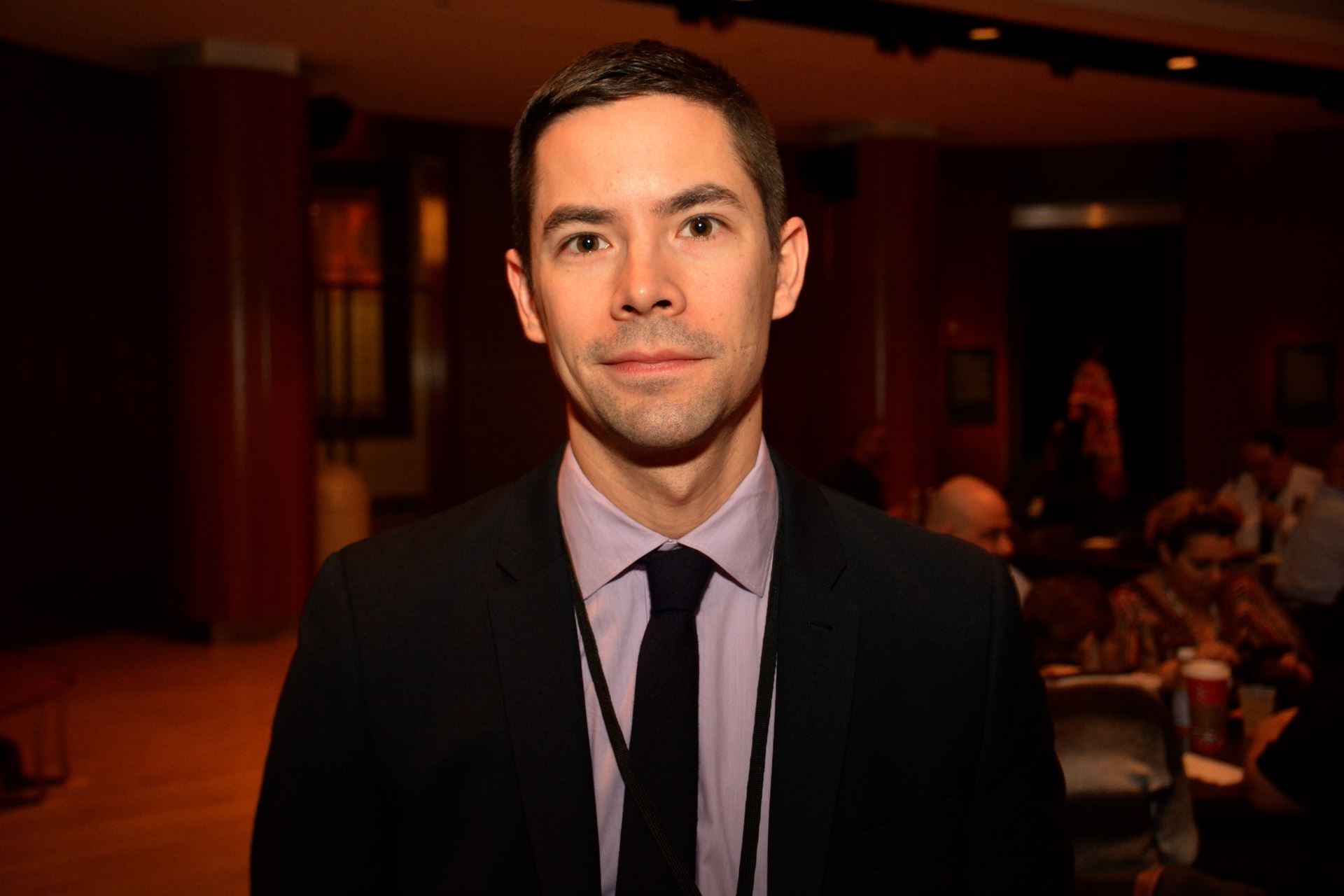
Joshua Voda, Public Affairs Officer at a museum staff event in the New York Museum's Diker Pavilion for Native Arts and Cultures
MANY: What’s your current position? How long have you been there?
Joshua: Public Affairs Officer at the Smithsonian’s National Museum of the American Indian and I have been there for 5 years.
Can you give me a brief overview of what you do in your work?
I handle media relations for the NY branch of the museum, and coordinate with the DC museum [Smithsonian National Museum of the American Indian] marketing. Day to day, I make ad purchases, or I negotiate contracts and generally take media relations queries for the exhibitions or for the museum more broadly.
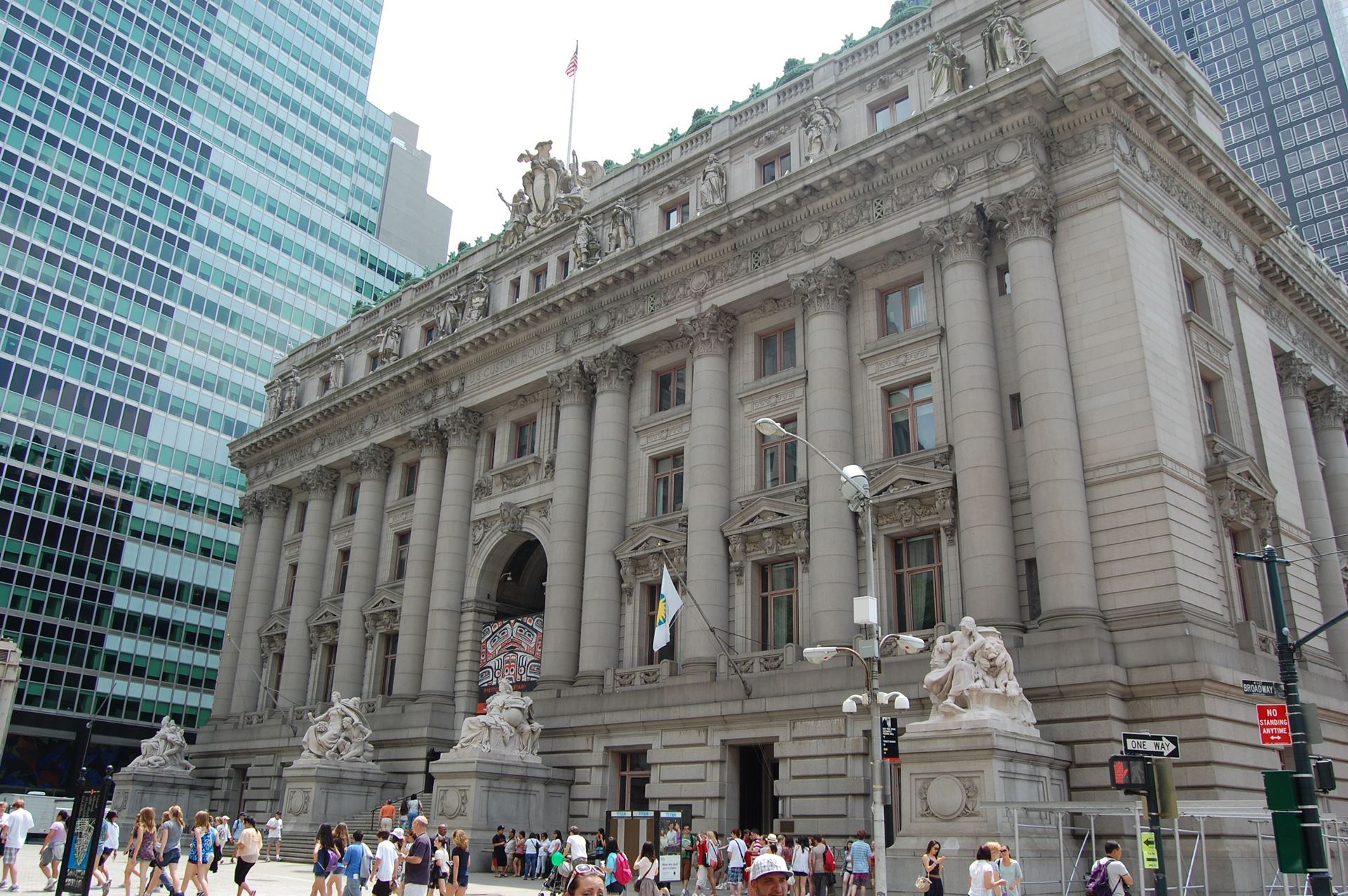 The exterior of the National Museum of the American Indian in NYC at the George Gustav Heye Center, located within the historic Alexander Hamilton U.S. Custom House.
The exterior of the National Museum of the American Indian in NYC at the George Gustav Heye Center, located within the historic Alexander Hamilton U.S. Custom House.
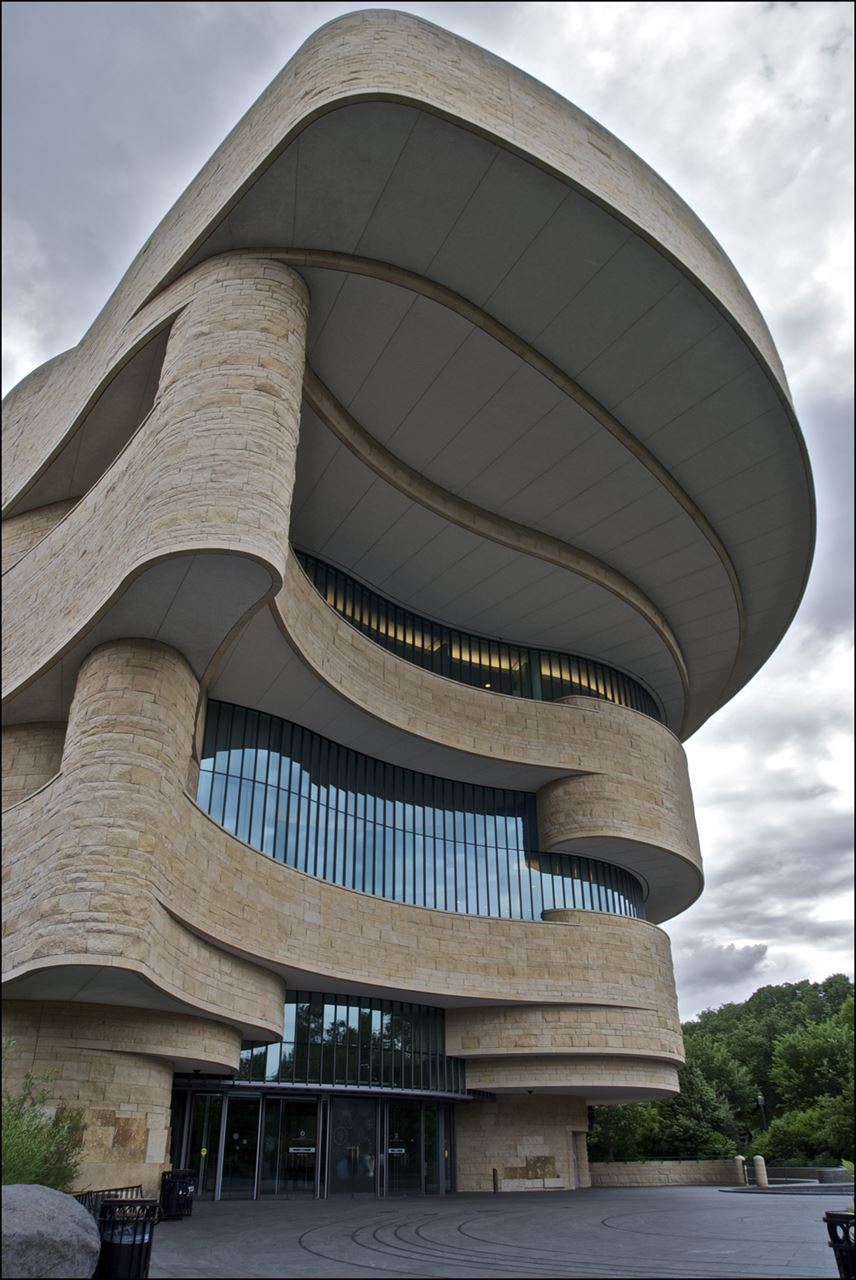 The Smithsonian National Museum of the American Indian located in Washington, D.C. which houses one of the largest and most diverse collections to the understanding and knowledge of the Native cultures of the Western cultures. Photography courtesy Jackson Lo, Flickr, May 2011
The Smithsonian National Museum of the American Indian located in Washington, D.C. which houses one of the largest and most diverse collections to the understanding and knowledge of the Native cultures of the Western cultures. Photography courtesy Jackson Lo, Flickr, May 2011
What motivates you to do what you do? What do you get excited about? What are some of your goals?
Being part of the Smithsonian you are connected to so many different and important issues and it’s really a place where we are putting our best foot forward in terms of the national dialogue and the way that we want the country to be remembered. It is an exciting time to be part of the Smithsonian when we have another national identity museum in the mix, the National Museum of African American History & Culture. I think that a lot of museums are more directly confrontingdiversity and women rights and some issues that we are part of the national dialogue today and from my perspective being part of the machine that helps publicized a lot of those dialogues at the National Museum of the American Indian and at the Smithsonian overall I think that it is a big responsibility to get that message out there and that’s what motivates me to go to work every day.
How did you end up at the Public Affairs Officer for the National Museum of the American Indian? What led you to this job? What were you doing before?
I got to the Smithsonian in 2014. I was working for Apple at the time, but I didn’t feel that I wanted to be part of anymore and previously I had been in the United States Air Force Public Affairs. I decided that I wanted to go back to government work and then I learned that the Smithsonian had a presence in NYC. At that time, I was getting through the rounds of potentially working for the Internal Revenue Service… so in terms of cocktail conversations, I think that I got the better end of it.
Can you describe a favorite day on the job?
The first one that comes to mind is that we recently, last year in May, we opened imagiNATIONS Activity Center which is a new permanent part of the museum in New York that directly connects Native innovations in STEM. It’s geared to kids in 4th to 8th grade and looks to bring the kids into the museum and let them know about all the different types of or menus of different ways that native people throughout time have made innovations in science and technology that affect the way we work today. When we opened this Center one of the first classes that came in was a local class from NYC and they were so excited to be the first to experience the space. To see the first group of kids really interact with all of the different interactive stations, you could really tell it was making a difference. It was the moment that they started using and interpreting the information. That was really rewarding. It spoke to so many parts of our mission and it really was a joyful time to be at the museum. For me it was a time that will always stick out as one of the most important events.
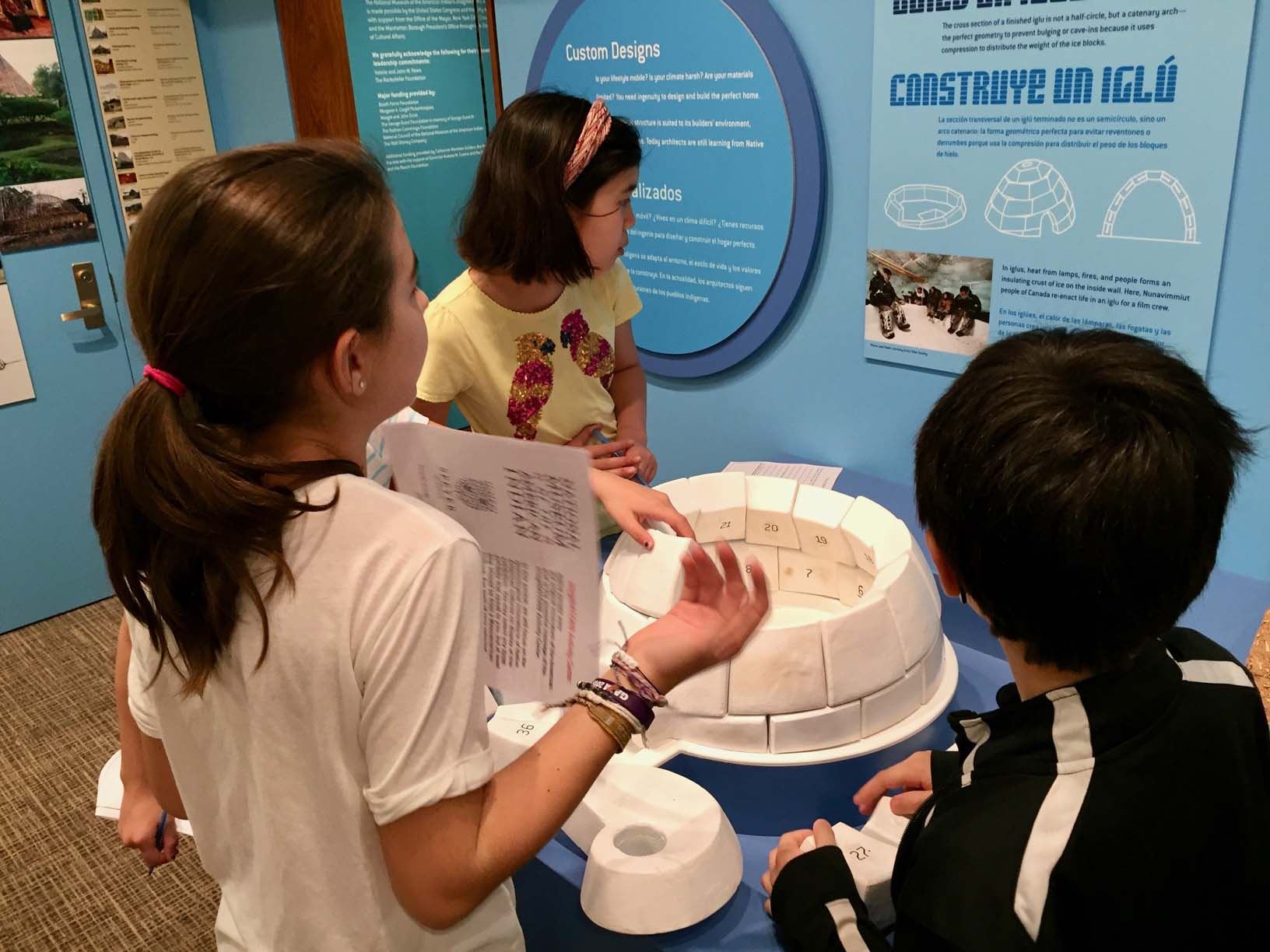 Six graders learn how igloos are engineered and construct their own model during the opening day of imagiNATIONS Activity Center at the National Museum of the American Indian, NYC, Photography courtesy Susan Bednarczyk via Flickr, Press opening day, May 2018
Six graders learn how igloos are engineered and construct their own model during the opening day of imagiNATIONS Activity Center at the National Museum of the American Indian, NYC, Photography courtesy Susan Bednarczyk via Flickr, Press opening day, May 2018
The imagiNATIONS Activity Center opened in May 2018 in NYC. “In this lively, interactive space, young visitors will explore the scientific principles behind Native ideas so ingenious they remain a part of modern life and will leave with a key takeaway-Native people were the original innovators of the Americas.”- Joshua Voda, Media Fact Sheet, December 2017
What is your favorite item in the collection?
For me, it's not that I have a favorite object per se but I have seen a lot of really interesting exhibitions come through and even though. I think that my favorite thing is exposure to new artists because we don’t often come across a lot of Native American artists. The show that we have currently is from the Peabody Essex Museum and presents the work of artist T.C. Cannon. I think it really defines the imagery of native people in a certain dignity that at the time, this was the 70s, many works weren't allowed or the imagery pushed native people to ideals that would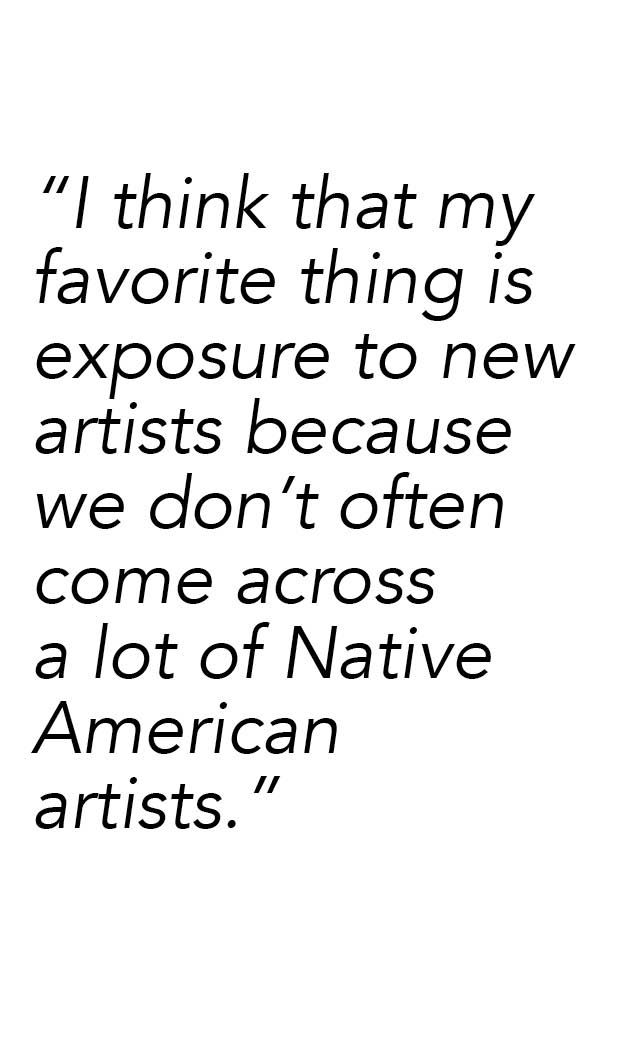 maybe pigeon hold them to the past and he really modernized the imagery of native people that I think was so groundbreaking at the time but even now to put that contemporary face on native people is really important because people need to be reminded that native people still exist and are part of a vibrant culture and his work comes across strongly. So I wouldn’t say that I have a favorite object but there are many moments at the museum and exhibitions that have touched me and made me rethink a lot of those things that I just missed formal educational settings in regards to native peoples.
maybe pigeon hold them to the past and he really modernized the imagery of native people that I think was so groundbreaking at the time but even now to put that contemporary face on native people is really important because people need to be reminded that native people still exist and are part of a vibrant culture and his work comes across strongly. So I wouldn’t say that I have a favorite object but there are many moments at the museum and exhibitions that have touched me and made me rethink a lot of those things that I just missed formal educational settings in regards to native peoples.
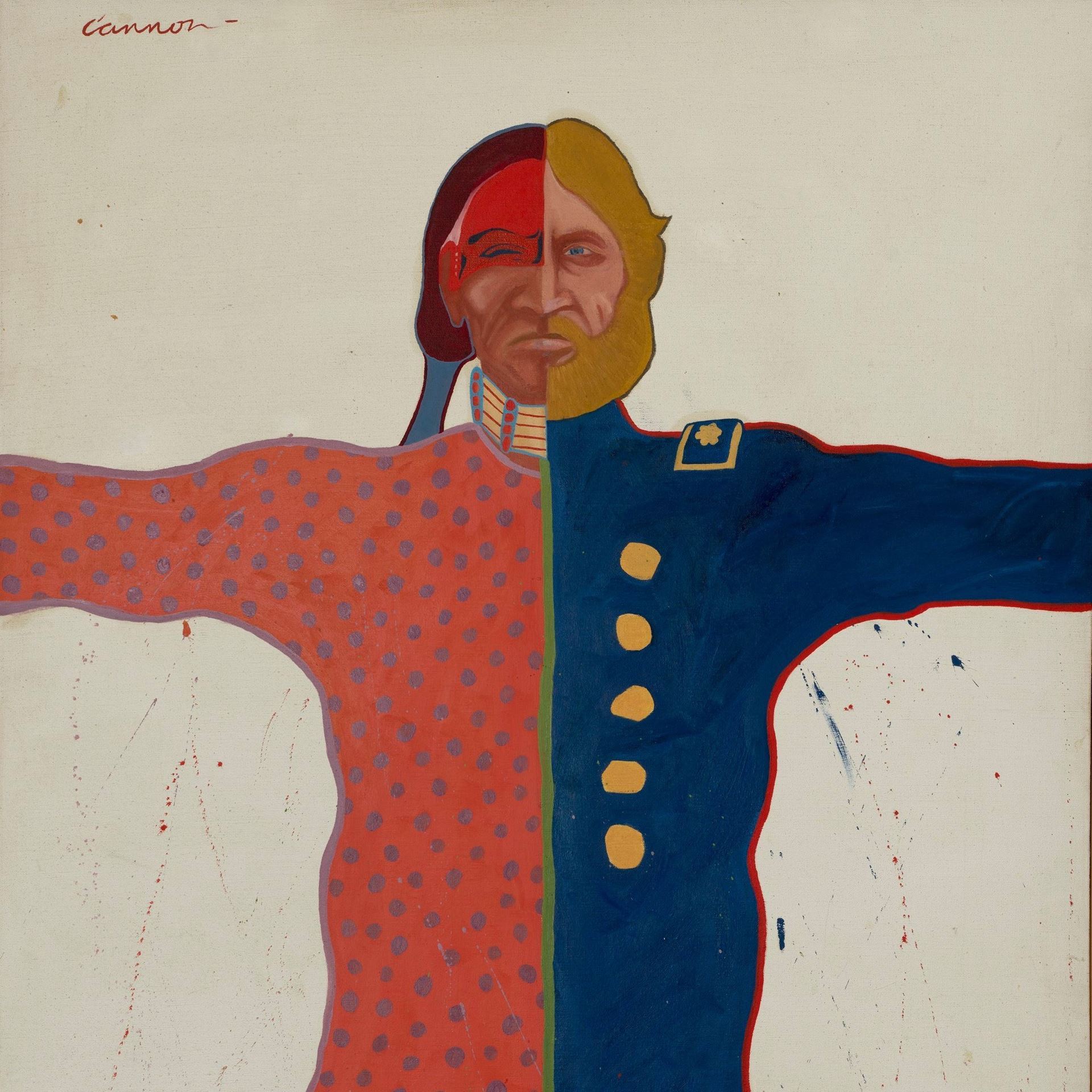
Artist T.C. Cannon (Caddo and Kiowa, 1946–1978) identified struggle and resilience as key features of Native American identity. In the mid-1970s, he wrote, “by the simple and beautiful virtue of being native american [sic], with the blood of mountain and bird motivation, we still have to be soldiers in our homeland.” His work "Soldiers" captures this sentiment in the split figure: the Native soldier confronts and merges with the colonizing aggressor in his homeland."Soldiers" is currently on display at the National Museum of the American Indian in New York in the exhibition "T.C. Cannon: At the Edge of America," which runs through September 16. Admission is free. Caption and image courtesy the National Museum of the American Indian.
Can we go further back? Where did you grow up? What was it like to grow up there? Where did you go to school?
A little town called Divernon, Illinois, for the most part. I traveled around a lot, but that’s where I graduated high school and I got there around middle school so that’s where I claim. It was peaceful. It was very, I would say it was mono-cultured though and so when I graduated I went into the Air Force. That was my first time being around a diverse group of people living and working together. I think that meant a lot in my early adulthood and where that has brought me today. The military offers people a lot of different things but I think that [the military has a] certain respect for diversity. You get used it [diversity] really quickly and learn to appreciate it because you really need to operate well in the military. With so many different perspectives, the military facilitates diversity in a way that you often don’t find even in many corporate settings.
Did your 18-year-old self imagine that you would be where you are today?
The first thing that comes to mind is more of an identity question because I am gay and married now, next year it will be ten years, so no I don’t think so that kind of image of what life could be like for a gay man didn't exist when I was growing up. I think that really speaks to how quickly things can change in legislative terms and in the process of world and world affairs, for me to be where I am at right now and not just in terms in of being in NYC because I always thought I would be in a more cosmopolitan place than where I grew up.
Do you have any key mentors or someone who has deeply influenced you? Can you tell me about them?
Yes, I won’t mention his name but there is a person very close to me, a very successful business person and I think that he approaches careers and business decisions in a very pragmatic way and so for me to be able to model that behavior has been beneficial to me and I think well as reciprocal as me being a mentee. He helped me a lot in the process guiding me in my career. Do I believe that a mentor relationship is beneficial? I certainly do.
What was the last book you read?
I have a tendency to pick up a bunch and put them down, so multiple ones, but I like to try to go back and pick up classics. Villette by Charlotte Bronte is what I was reading last.
